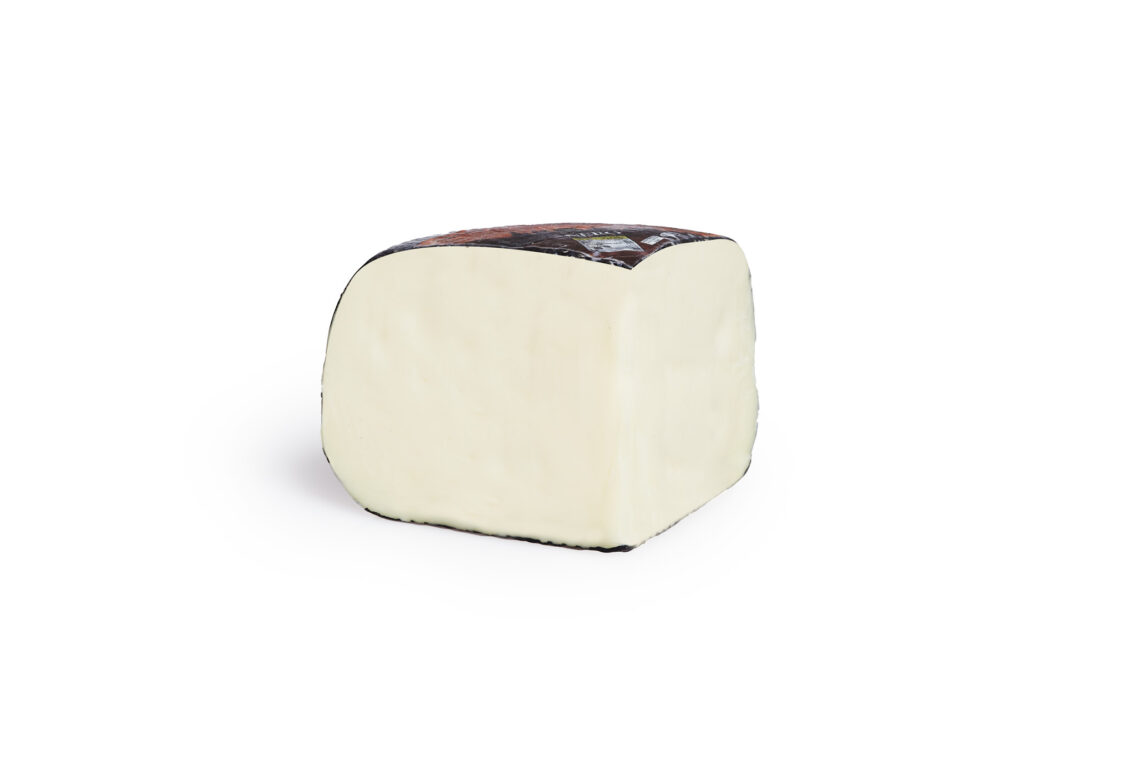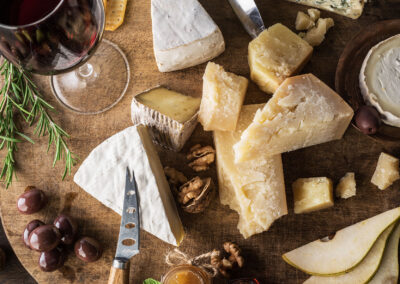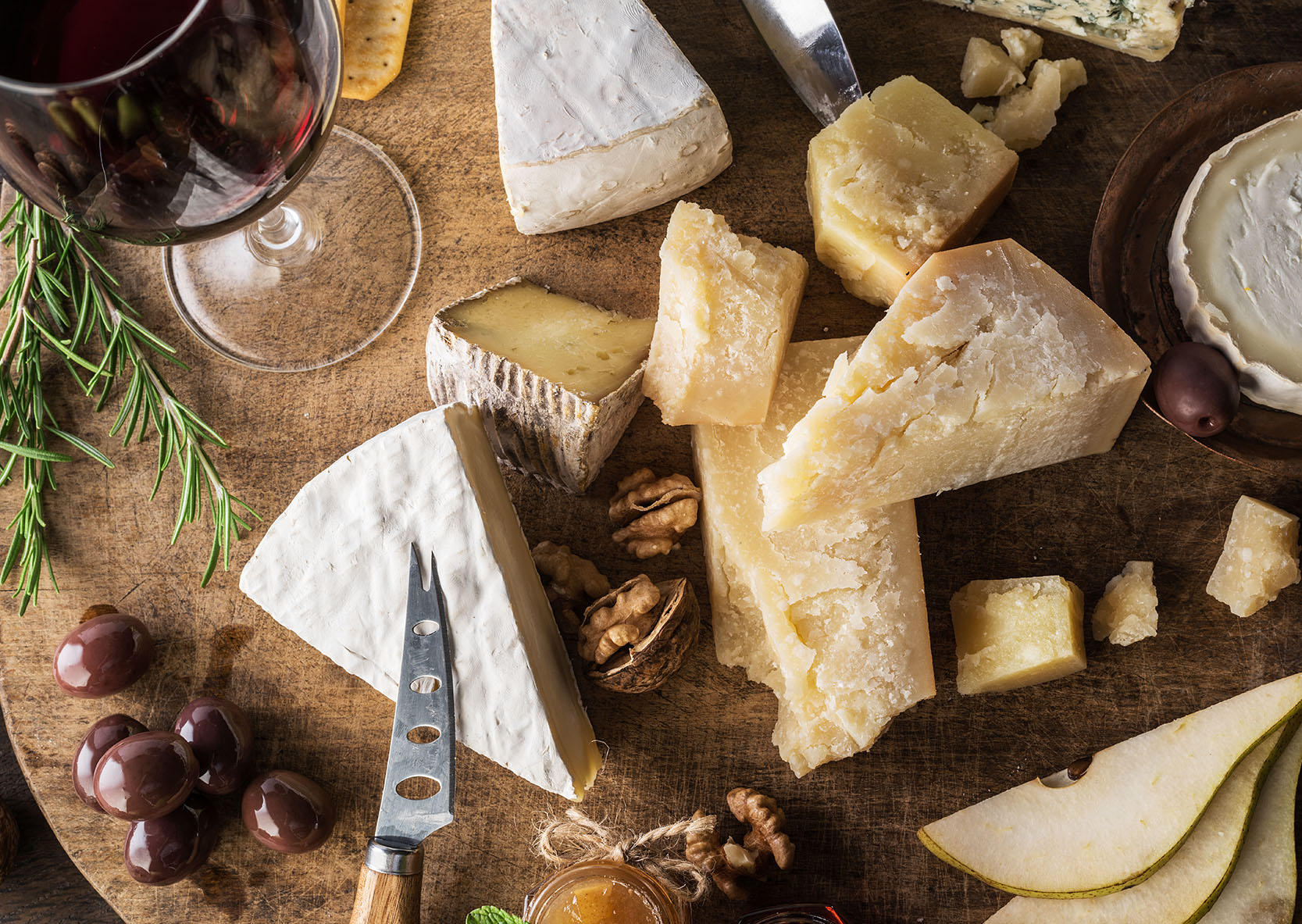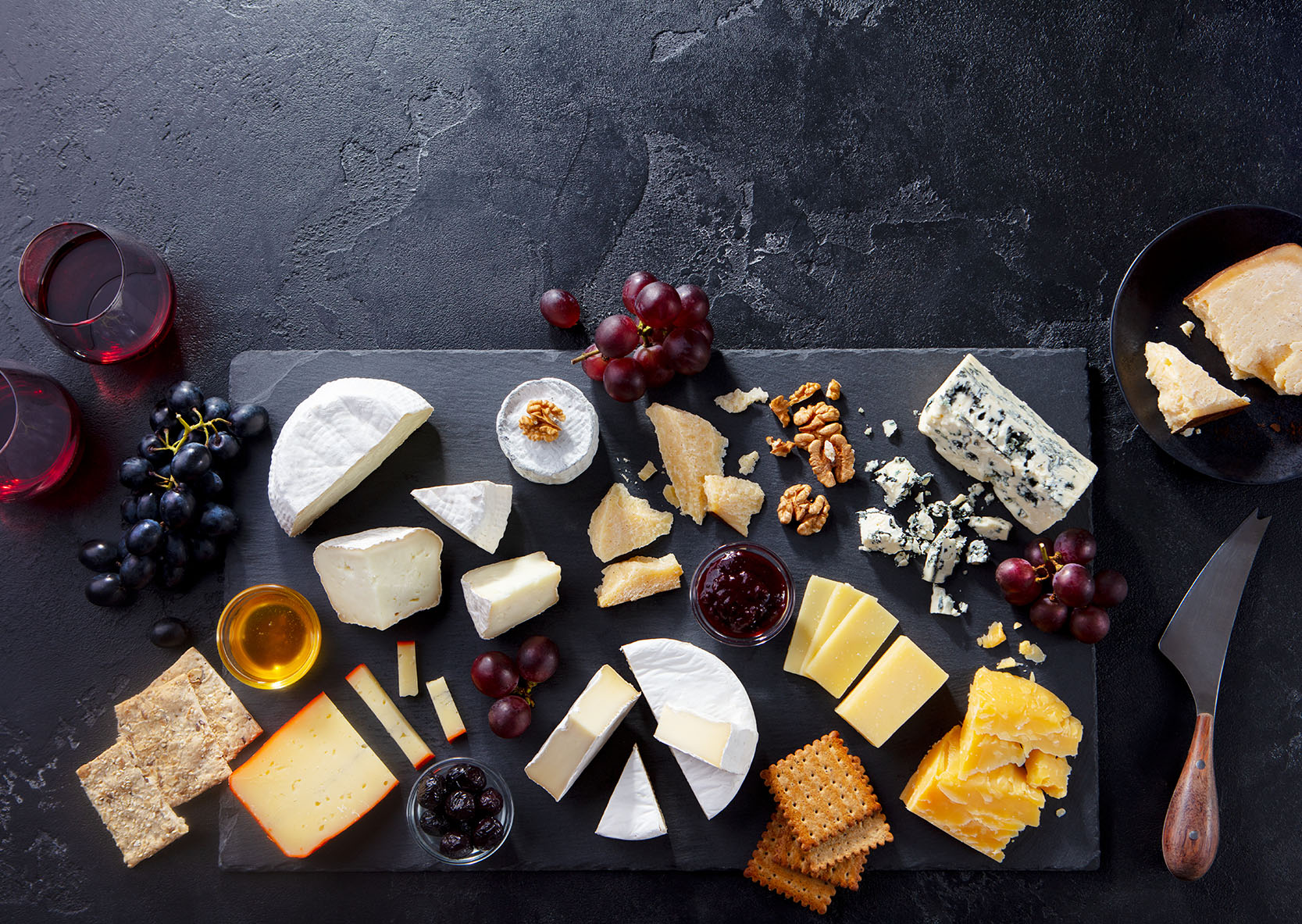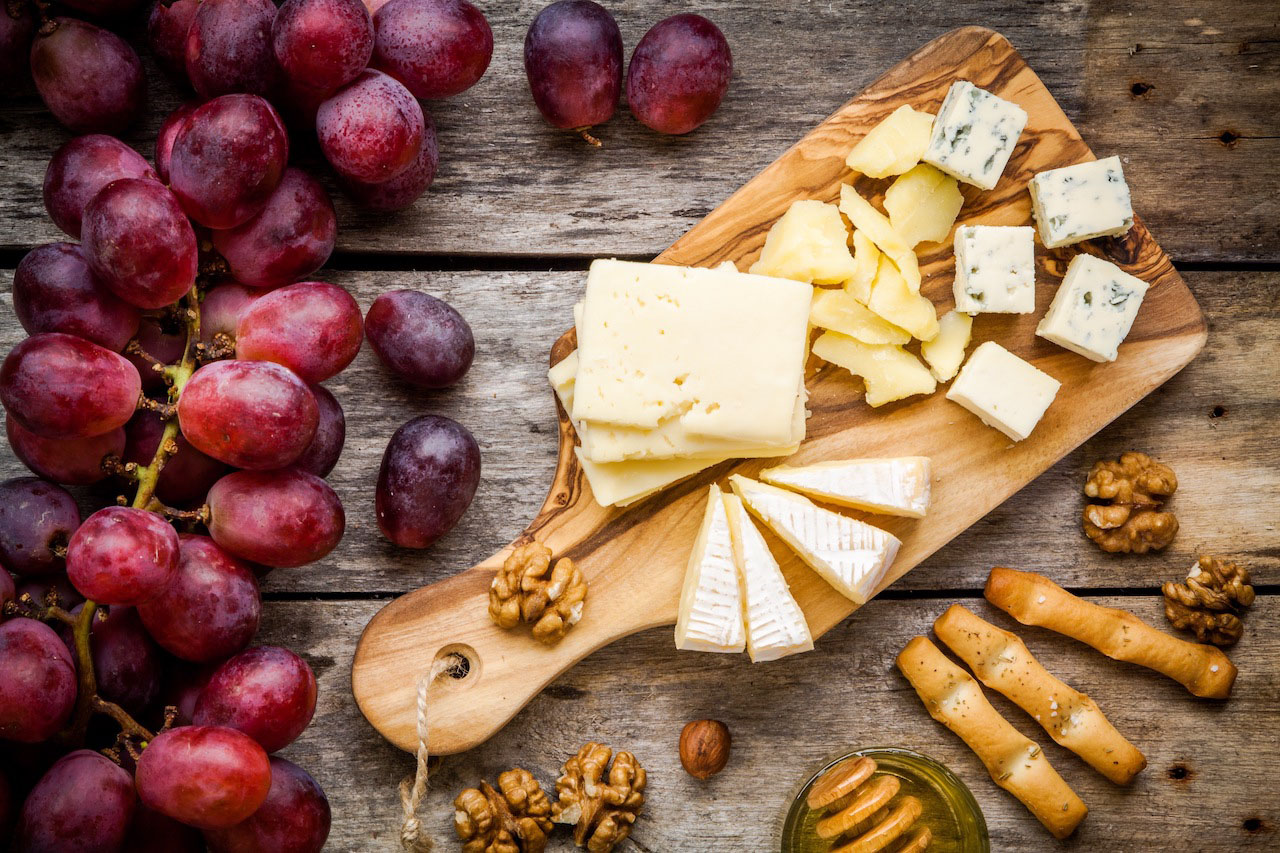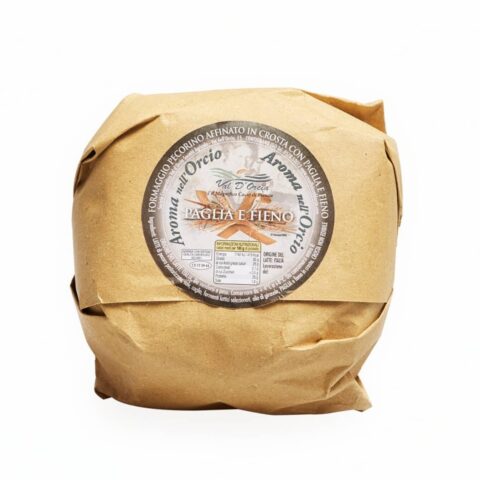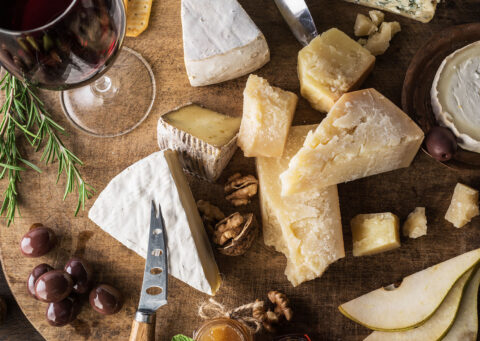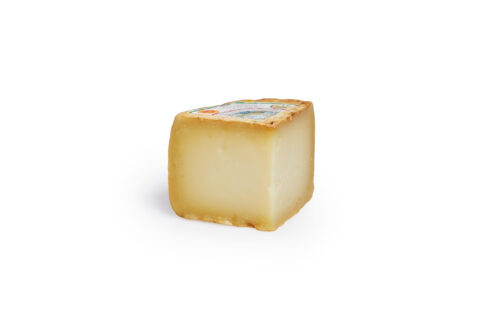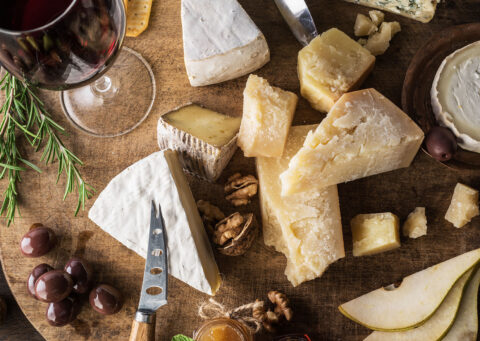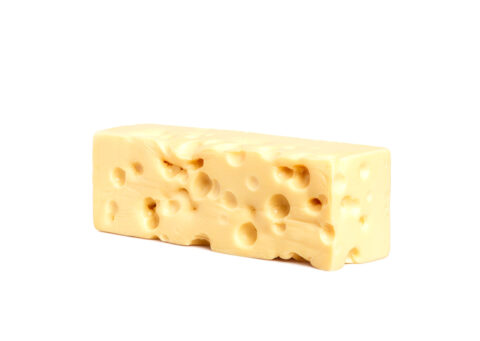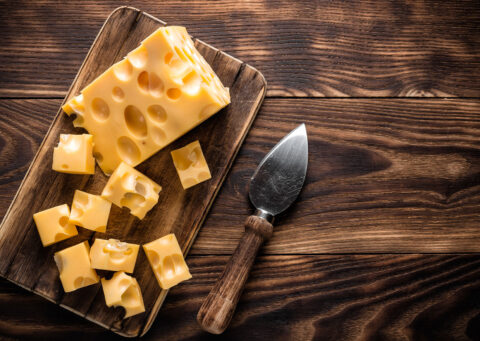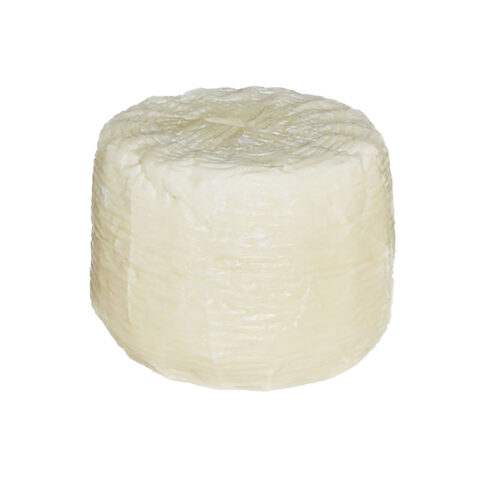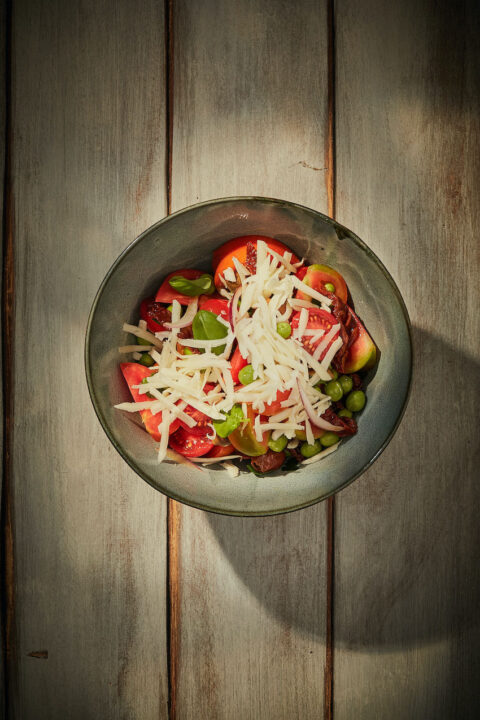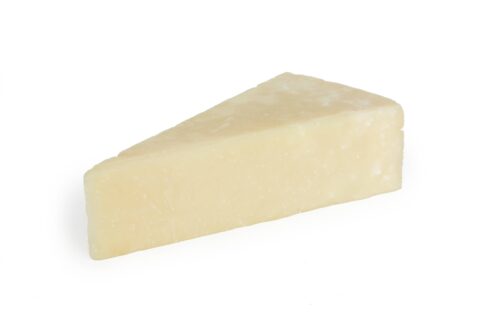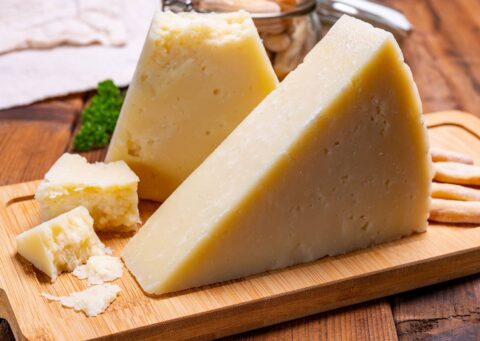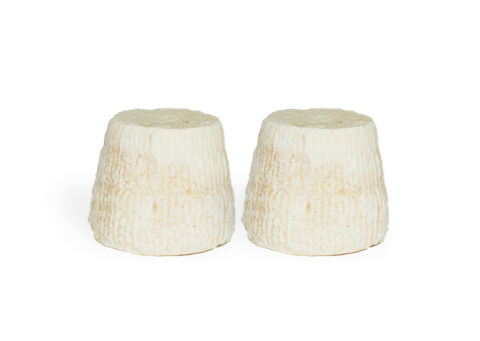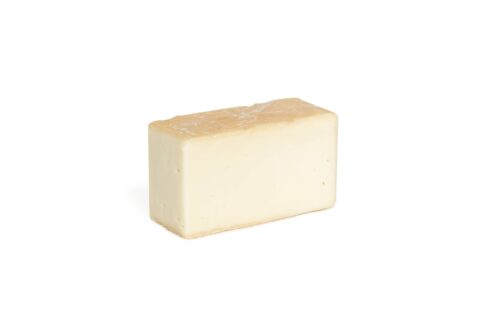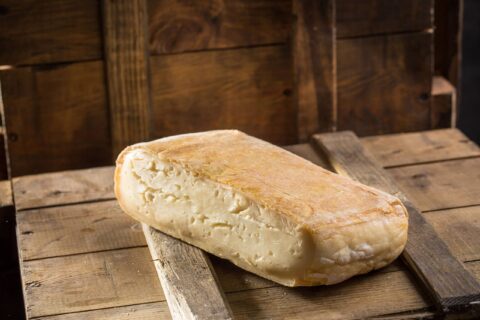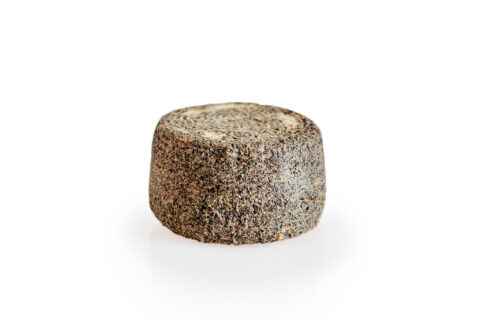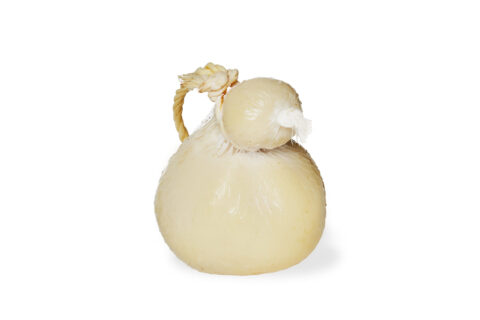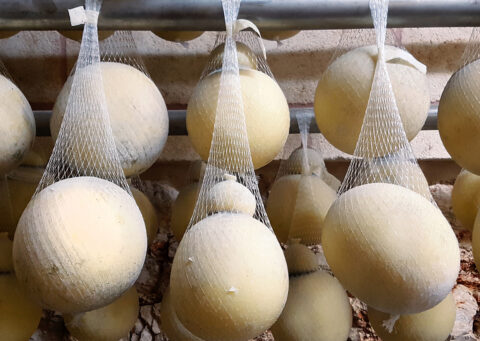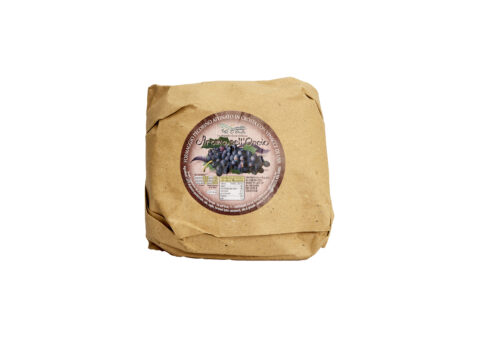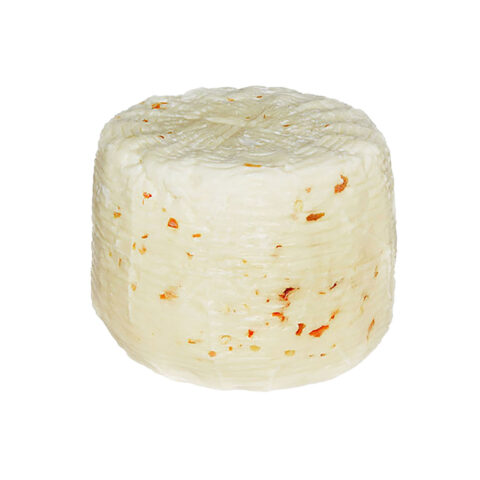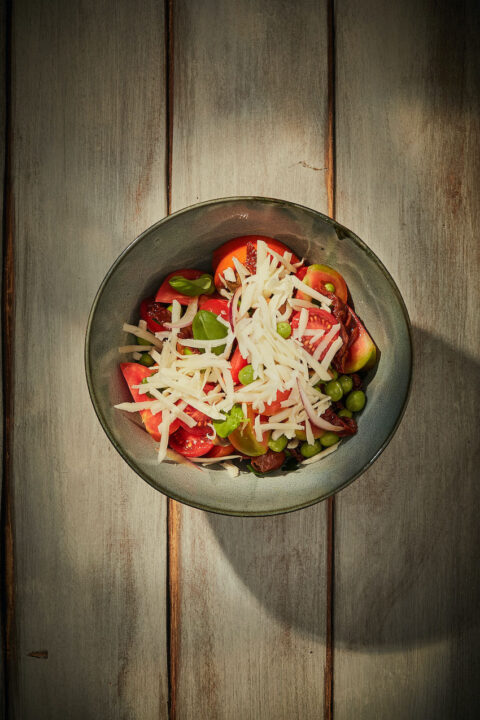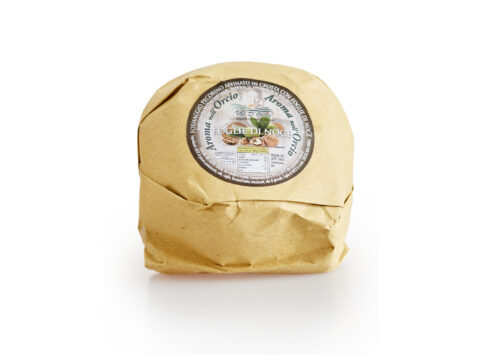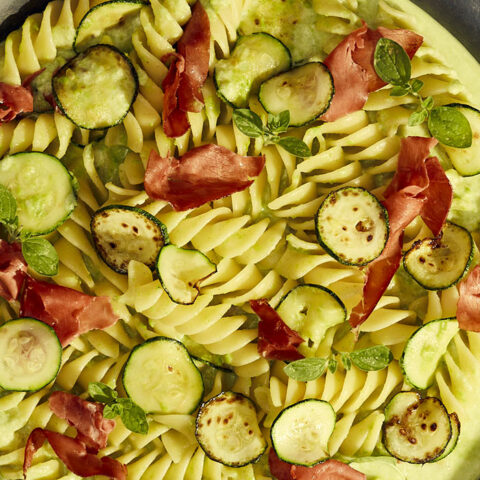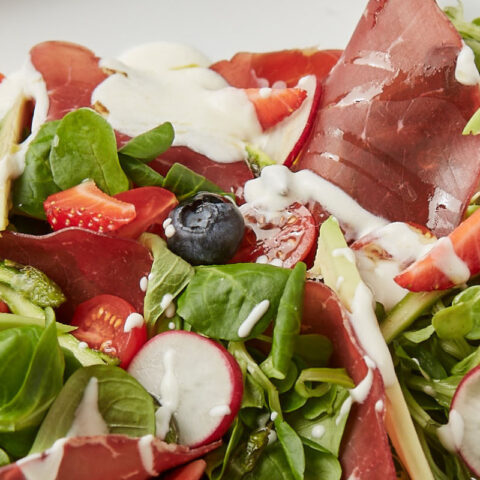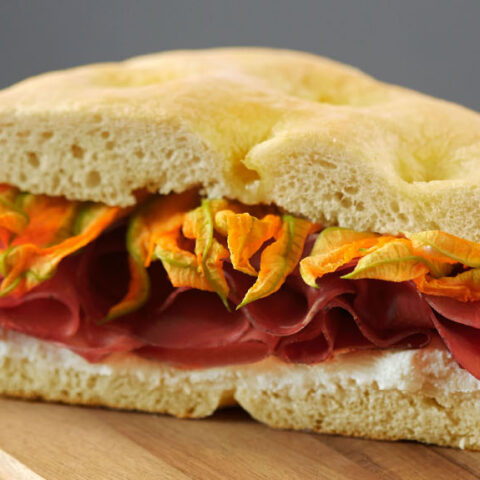Clean a zucchini, cut it into small pieces and boil it in salted water. At the end of cooking, drain the zucchini and put it in the bowl of the minipimer adding oil, a cup of cold water and blend until it becomes a cream. Keep it aside. Cut the remaining zucchini into...
PECORINO CHEESE CACIO NERO DI PIENZA
€13,40
FAST SHIPPING
SAFE PAYMENTS
Pecorino Cheese Cacio Nero di Pienza is a typical cheese from Tuscany produced exclusively with 100% Italian sheep’s milk. It is produced in Val D’Orcia and in the province of Siena.
Ingredients
Pasteurised sheep’s MILK, salt, rennet, selected milk enzymes, preservative E235, colouring agent E172 on the rind.
Ingredients
Pasteurised sheep’s MILK, salt, rennet, selected milk enzymes, preservative E235, colouring agent E172 on the rind.
Food expiration
Conservation tips
NUTRITIONAL VALUES
RELATED PRODUCTS
HOW TO FULLY ENJOY IT
It is a semi-hard cheese with a white-coloured paste and a dry and intense taste. However, it is more delicate than traditional pecorino. The black colour is used for longer-cured cheeses.It is a perfect cheese to enjoy raw, but it is also excellent served on a charcuterie board with mixed cured meats and other Tuscan cheese. It is delicious to prepare creative appetizers such as soufflés with Cacio di Pienza or for traditional recipes such as Pici with cacio e pepe or for modified traditional dishes such as Cacio di Pienza fried with bread! It can also be cut into small dices and added to salad bowls to flavour them. The best wine to combine with this cheese is a medium to full-bodied red wine such as a Barbera d'Asti DOC.
PRODUCTION STAGES
This typical cheese is produced using only sheep's milk from Italian farms. The milk is first pasteurised at a temperature of at least 72° and transferred into special tanks to begin the actual production process. Selected milk enzymes and rennet are then added. After the curd is formed, it is broken into lumps the size of a grain of corn. The whey is then separated from the paste and placed in cylindrical moulds and manually pressed to compact the mixture. The product is placed in warm rooms at a temperature of about 30/35° for 6/10 hours. Afterwards, they are salted by hand for about 15 hours and turned 4 times to ensure that the salt is absorbed evenly. This phase is followed by the maturing one, during which it is constantly checked and turned. After 60/70 days it is ready to be eaten.
COOKING TIPS
Bresaola with fruit and vegetable salad
For asparagus Cut the asparagus into julienne strips. Place them in a bowl and add 1 tablespoon of extra virgin olive oil, the juice of half a lemon, salt and mix. For the dressing In a bowl add the low-fat yogurt, 1 tablespoon of extra virgin olive oil, salt and...
Focaccia with bresaola, zucchini flowers and goat cheese
Mix flour and beer, and dip the zucchini flowers in the batter. In the meatime, heat oil in a deep pan and, once it has reached the temperature of 180°, place the battered zucchini flowers in it. Once they start to golden, take them out and place them on absorbing...
